Are you curious about ancient civilizations and archaeological finds? Here are the archaeology museums you must see in Poland:
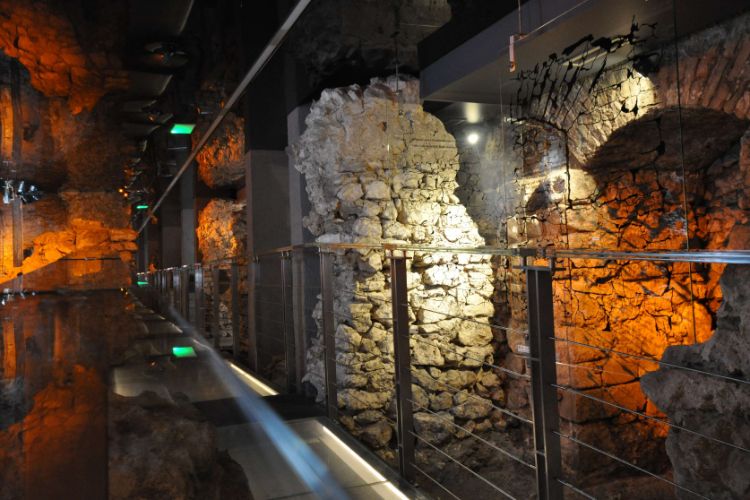
Rynek Underground
KrakówThe Rynek Underground (The underground square central museum) is a museum in Krakow that is a branch of the Historical Museum of the City of Krakow. The museum is located below the market square and covers an area of over 6,000. m². The main exhibition in the Rynek Underground are holograms construc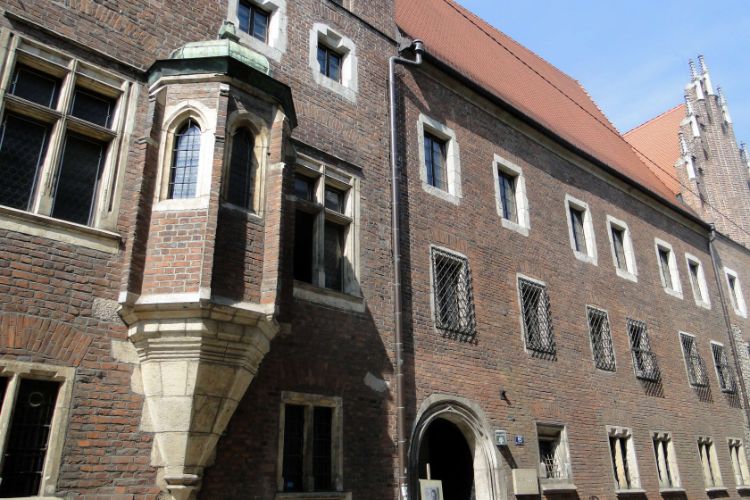
Jagiellonian University Museum
KrakówThe Collegium Maius in Krakow is the Jagiellonian University's oldest building, that dates back to the 14th century. The Collegium Maius houses the Jagiellonian University Museum. The Collegium Maius was rebuilt in the late 15th century as a late-Gothic structure, where professors lived and worked a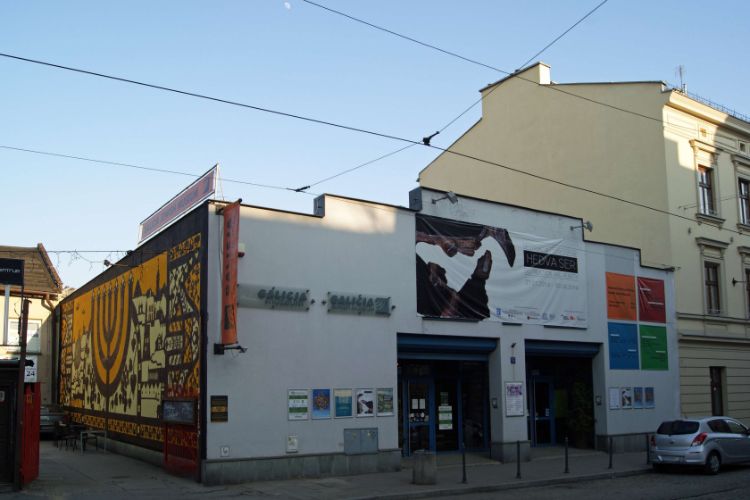
Galicia Jewish Museum
KrakówThe Galicia Jewish Museum (Żydowskie Muzeum Galicja) is a museum with a photo exhibition in Krakow that documents the remnants of Jewish culture and life in Polish Galicia. The main exhibition of the Galicia Jewish Museum commemorates the 800-year Jewish history through photographs of synagogues, ce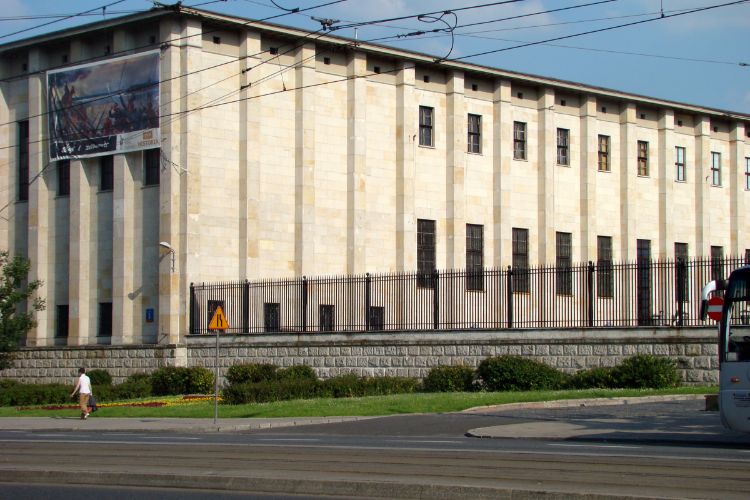
National Museum in Warsaw
WarsawThe National Museum in Warsaw (Muzeum Narodowe w Warszawie, MNW) is a national museum in Warsaw. It is one of the largest museums in Poland and the largest in Warsaw. The National Museum holds a collection of 11,000 pieces of ancient art (Egyptian, Greek and Roman), a gallery of Polish painting sinc
Amber Museum
GdańskThe Amber Museum in Gdańsk is the first museum in Poland solely devoted to amber. The museum holds a collection of exhibits related to amber that show amber in its natural state, methods of extraction, history of the trade routes, uses of amber in medicine, uses as a magical stone and as an artistic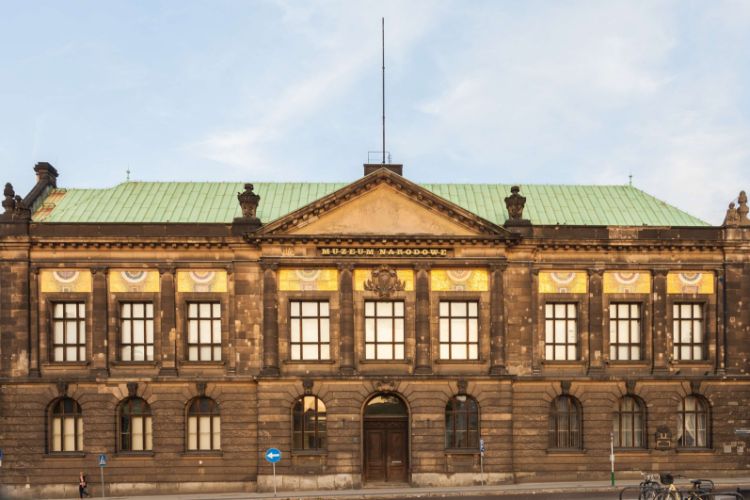
National Museum in Poznan
PoznańThe National Museum in Poznan is housed in a building designed by Carl Hinckeldyen and built in 1904 and is one of the oldest, biggest and most important museums in Poland. The museum holds a collection of Polish art from the 16th century until now, and a collection of works by foreign artists. The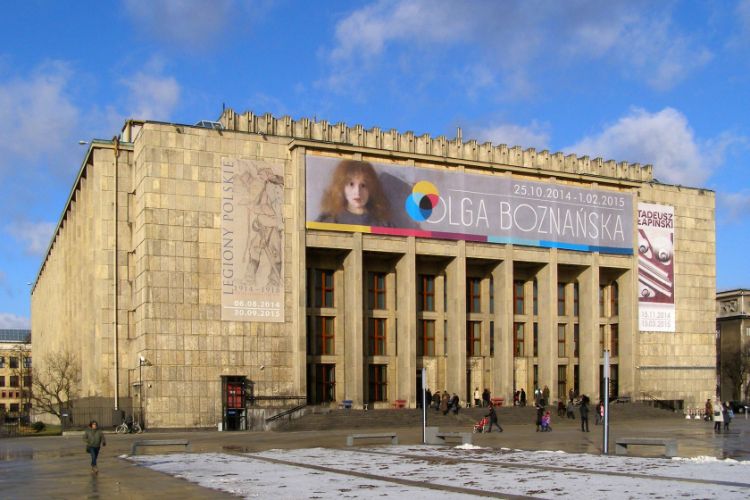
National Museum in Kraków
KrakówThe National Museum in Kraków (MNK, Muzeum Narodowe w Krakowie) consists of 21 departments and holds about 780,000 art objects, spanning from classical archeology to modern art, with special focus on Polish painting. This main location houses three permanent galleries of the National Museum in Krako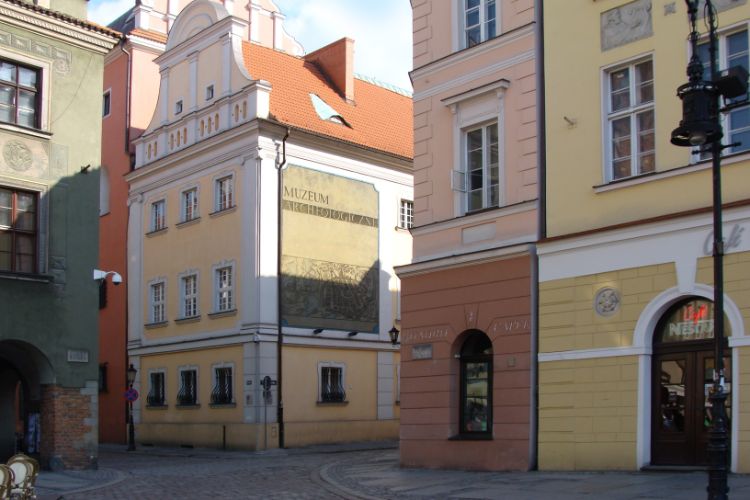
Poznan Archaeological Museum
PoznańThe Poznan Archaeological Museum is housed in Renaissance palace which was the city residence of the Gorki family that dates from the first half of the 16th century. The museum illustrates and holds collections on the prehistory of the region, from the Stone Age to the early medieval period. Further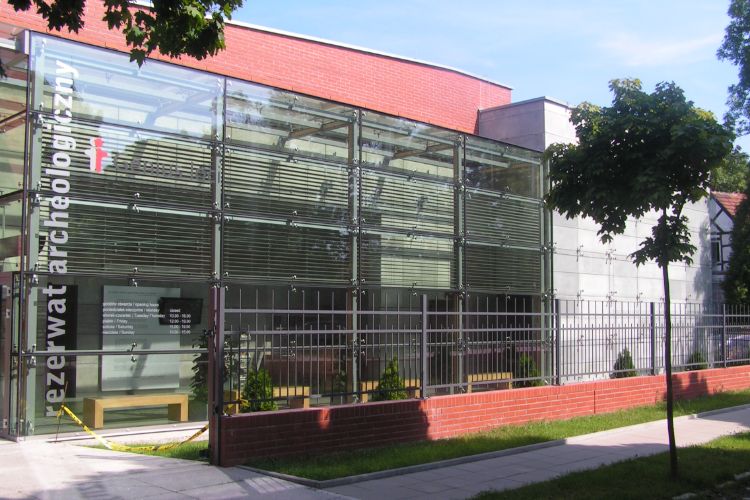
Genius Loci Archeological Park
PoznańThe Genius Loci Archeological Park (Archaeological Reserve) features a display of the Poznań settlement’s defensive embankments, which is engineering and technological design from the 10th century. In the Genius Loci Archeological Park in Poznań, visitors can get a different view on Poznań’s medieva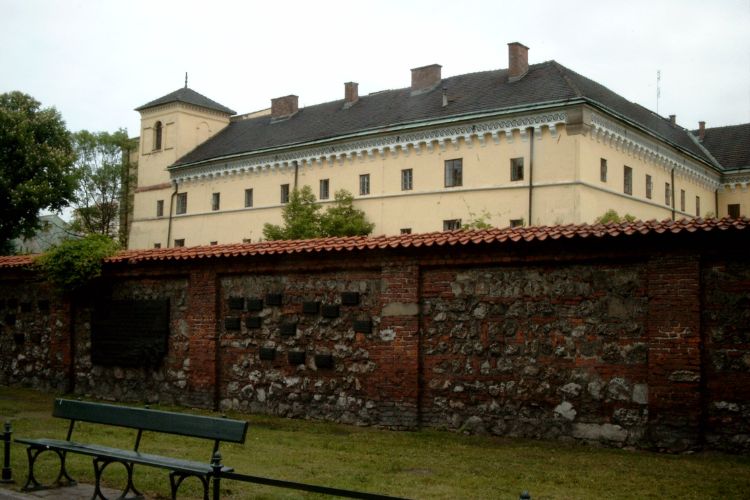
Archaeological Museum in Kraków
KrakówThe Archaeological Museum in Kraków is a historic museum that was established in 1850. The Archaeological Museum is divided into five major permanent exhibitions, namely: Gods of the Ancient Egypt, Prehistoric Pottery, The Garden of Ceramics, The Prehistory and Early Middle Ages of Lesser Poland, an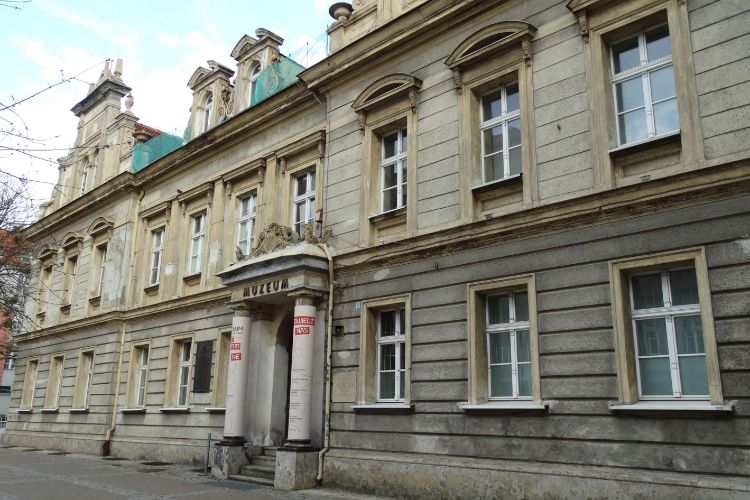
Leon Wyczółkowski District Museum
BydgoszczThe Leon Wyczółkowski District Museum in Bydgoszcz holds rich archaeological and historical collections. The musuem is named after Leon Wyczółkowski, one of the leading painters of the Young Poland movement, as well as the principal representative of Polish Realism in art of the Interbellum.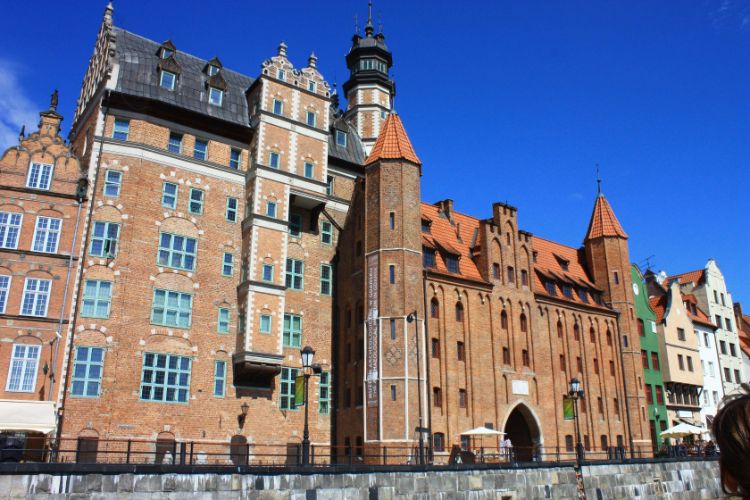
Museum of Archeology
GdańskThe Museum of Archeology in Gdańsk is housed in the Naturalists House, one of the largest and the most representative tenement houses in the city. The museum is mostly dedicated to the prehistory of Pomerania and features five major exhibitions themed: Prehistoric Times of Gdańsk Pomerania, With Amb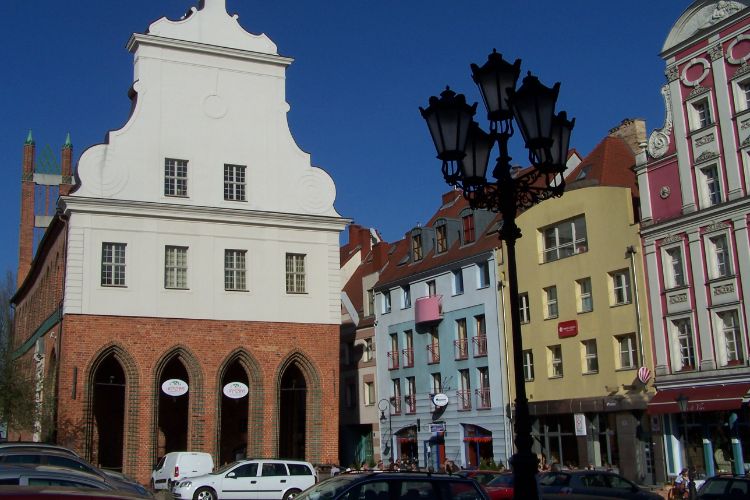
Szczecin History Museum - National Museum in Szczecin
SzczecinThe Szczecin History Museum - National Museum in Szczecin is housed in a Gothic old town hall, which dates back to middle 13th century and still features some impressive interiors. The museum organises exhibitions of history and culture of Szczecin of times ranging from the oldest ages with archaeol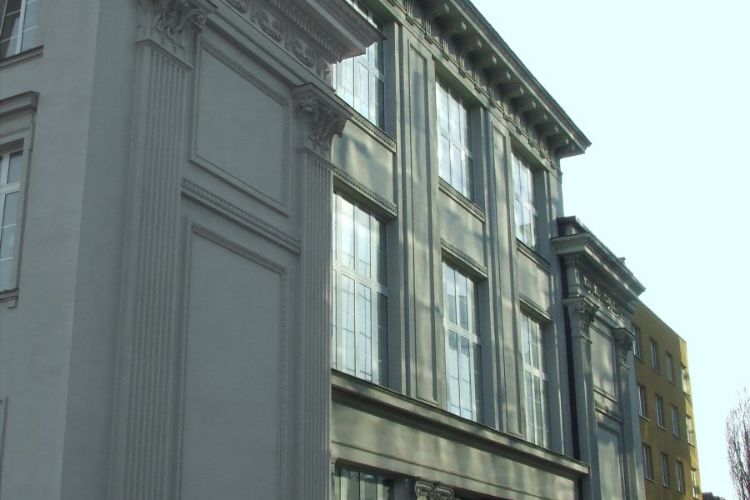
Jewish Historical Institute
WarsawThe Jewish Historical Institute (Żydowski Instytut Historyczny, ŻIH) in Warsaw houses one of the most significant collections on Jewish history in Poland, including the Ringelblum Archive (the Warsaw Ghetto, also called Oneg Shabbat) that contains about 6000 documents, and is an important research f
Museum of Archaeology and Ethnography
ŁódźThe Museum of Archaeology and Ethnography (Muzeum Archeologiczne i Etnograficzne) is a history museum in Łódź. The museum holds a collection of over 260,000 objects, divided over the four main collections: archaeological, ethnographic, numismatic and the puppet theatre. The collection includes sword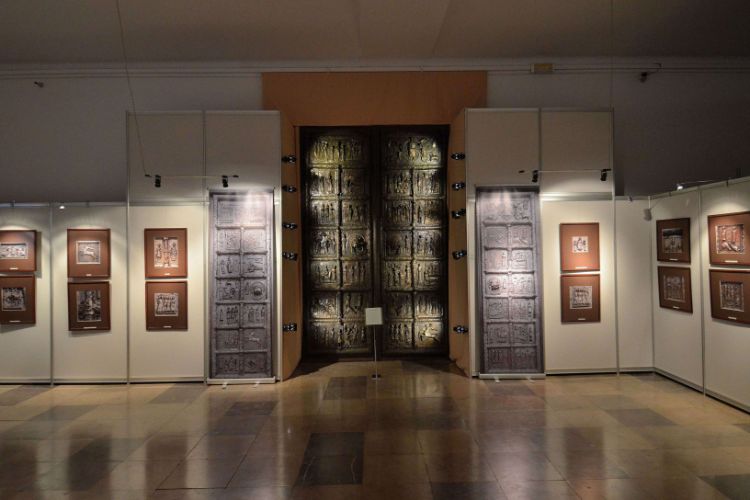
National Archaeological Museum
WarsawThe National Archaeological Museum of Poland (Państwowe Muzeum Archeologiczne w Warszawie) is a museum in Warsaw that is located in the old Warsaw Arsenal. The museum focuses on displaying excavation objects from former and present Polish areas. The exhibited artifacts range from pieces from the Neo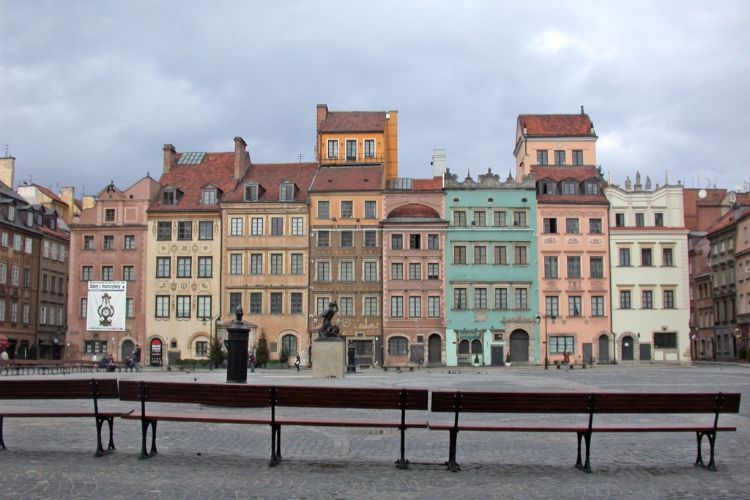
Museum of Warsaw
WarsawThe Museum of Warsaw (Muzeum Warszawy) is a museum in the Polish Capital Warsaw that was established in 1936 and is located in the Old Town Market Place. The museum holds and exhibits collections in the field of archeology, painting, graphics, iconography, sculpture, decorative arts, numismatics and
Wroclaw Archdiocese Museum
WrocławThe Wroclaw Archdiocese Museum is a museum with artistic and historical works of (religious) art. The collection of the museum includes sculpture, painting, textile art (14th - 19th century) and ancient relics such as mummies, wedge alphabet plates, olive lamps. Highlight in the museum is a set of a
The Archaeological Museum of Wrocław
WrocławThe Archaeological Museum of Wrocław is one of the seven branches of the City Museum of Wroclaw that holds archaeological pieces from Silesia, from the older Stone Age to the 19th century. The Archaeological Museum of Wrocław is one of the oldest museums of this type in Europe and is housed in the h- 20
Makiety Dawnego Poznania
PoznańMakiety Dawnego Poznania (Mockup of Old Poznań) is a multimedia historical exhibition in Poznań, located in the basement of the Conventual Franciscans church. The museum features 3 different models: a mock-up of the Gates of the First Piasts at Ostrów Tumski, a mock-up of Old Poznań according to Bra - 21
Romanesque Cellar - Gdansk Archeological Museum
GdańskThe Romanesque Cellar of the Gdansk Archeological Museum is an antique remnant of a 13th century Dominican Monastery which, in the past, served as a dining hall and kitchen. The highlight is the refectory (dining hall). The exhibition features a film on the history of where the former Dominican mona